Financial Accounting
by David Spiceland, Wayne Thomas, Don Herrmann
DescriptionTable of ContentsDetailsHashtagsReport an issue 






Book Description
This book is intended for an undergraduate or MBA level Financial Accounting course. It covers the standard topics in a standard sequence, utilizing the Socratic method of asking and answering questions.This open book is licensed under a Creative Commons License (CC BY-NC-SA). You can download Financial Accounting ebook for free in PDF format (22.1 MB).
Table of Contents
Chapter 1
Why Is Financial Accounting Important?
Chapter 2
What Should Decision-makers Know So That Good Decisions Can Be Made about an Organization?
Chapter 3
In What Form Is Financial Information Actually Delivered to Decision Makers Such as Investors and Creditors?
Chapter 4
How Does an Organization Accumulate and Organize the Information Necessary to Prepare Financial Statements?
Chapter 5
Why Must Financial Information Be Adjusted Prior to the Production of Financial Statements?
Chapter 6
Why Should Decision Makers Trust Financial Statements?
Chapter 7
In a Set of Financial Statements, What Information Is Conveyed about Receivables?
Chapter 8
How Does a Company Gather Information about Its Inventory?
Chapter 9
Why Does a Company Need a Cost Flow Assumption in Reporting Inventory?
Chapter 10
In a Set of Financial Statements, What Information Is Conveyed about Property and Equipment?
Chapter 11
In a Set of Financial Statements, What Information Is Conveyed about Intangible Assets?
Chapter 12
In a Set of Financial Statements, What Information Is Conveyed about Equity Investments?
Chapter 13
In a Set of Financial Statements, What Information Is Conveyed about Current and Contingent Liabilities?
Chapter 14
In a Set of Financial Statements, What Information Is Conveyed about Noncurrent Liabilities Such as Bonds?
Chapter 15
In Financial Statements, What Information Is Conveyed about Other Noncurrent Liabilities?
Chapter 16
In a Set of Financial Statements, What Information Is Conveyed about Shareholders' Equity?
Chapter 17
In a Set of Financial Statements, What Information Is Conveyed by the Statement of Cash Flows?
Appendix
Present Value Tables
Book Details
Title
Financial Accounting
Subject
Economics and Finance
Publisher
University of Minnesota Libraries Publishing
Published
2016
Pages
573
Edition
1
Language
English
ISBN13 Digital
9781946135100
ISBN10 Digital
1946135100
PDF Size
22.1 MB
License

Related Books
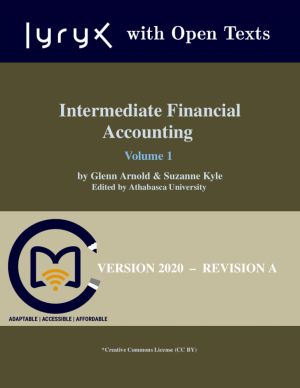
Intermediate Financial Accounting Volume 1 developed in collaboration by Athabasca University and Lyryx, is intended for a first course in Intermediate Financial Accounting, and presumes that students have already completed one or two Introductory Financial Accounting courses. The textbook reflects current International Financial Reporting Standard...
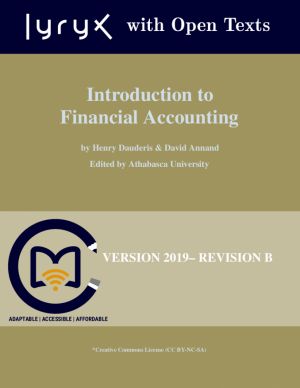
Introduction to Financial Accounting is intended for a first course in introductory financial accounting. It has been extensively edited by Athabasca University and reflects current International Financial Reporting Standards (IFRS). A corporate approach is utilized versus beginning with a sole proprietorship emphasis and then converting to a corpo...
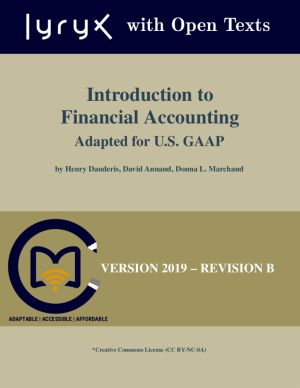
Introduction to Financial Accounting: U.S. GAAP, was intended for a first course in introductory financial accounting. It focuses on core introductory financial accounting topics that match pre-requisite requirements for students advancing to intermediate financial accounting. A corporate approach is utilized versus beginning with a sole proprietor...
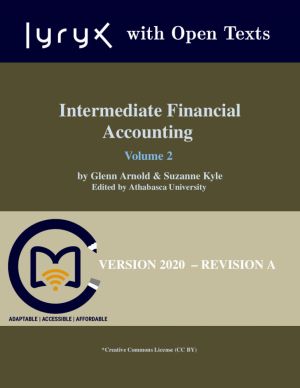
Intermediate Financial Accounting Volume 2 developed in collaboration by Athabasca University and Lyryx, is intended for the second of two in Intermediate Financial Accounting courses. It presumes that students have already completed the Introductory Financial Accounting, and the first Intermediate Financing Accounting course. The textbook reflects...
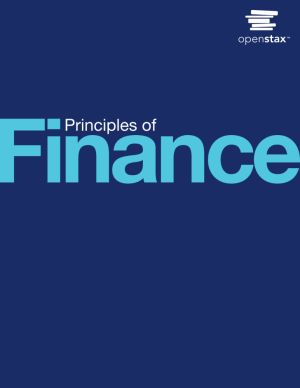
Principles of Finance is targeted at the core finance course for undergraduate business majors. The book is designed for conceptual accessibility to students who are relatively early in their business curriculum, yet it is also suitable for more advanced students. Due to the wide range of audiences and course approaches, the book is designed to be ...

This open book is a dynamic guide incorporating the essential skills needed to build a foundation in Financial Analysis. Students and readers will learn how to insightfully read a Financial Statement, utilize key financial ratios in order to derive forward-looking investment-related inferences from the accounting data, engage in elementary forecast...

